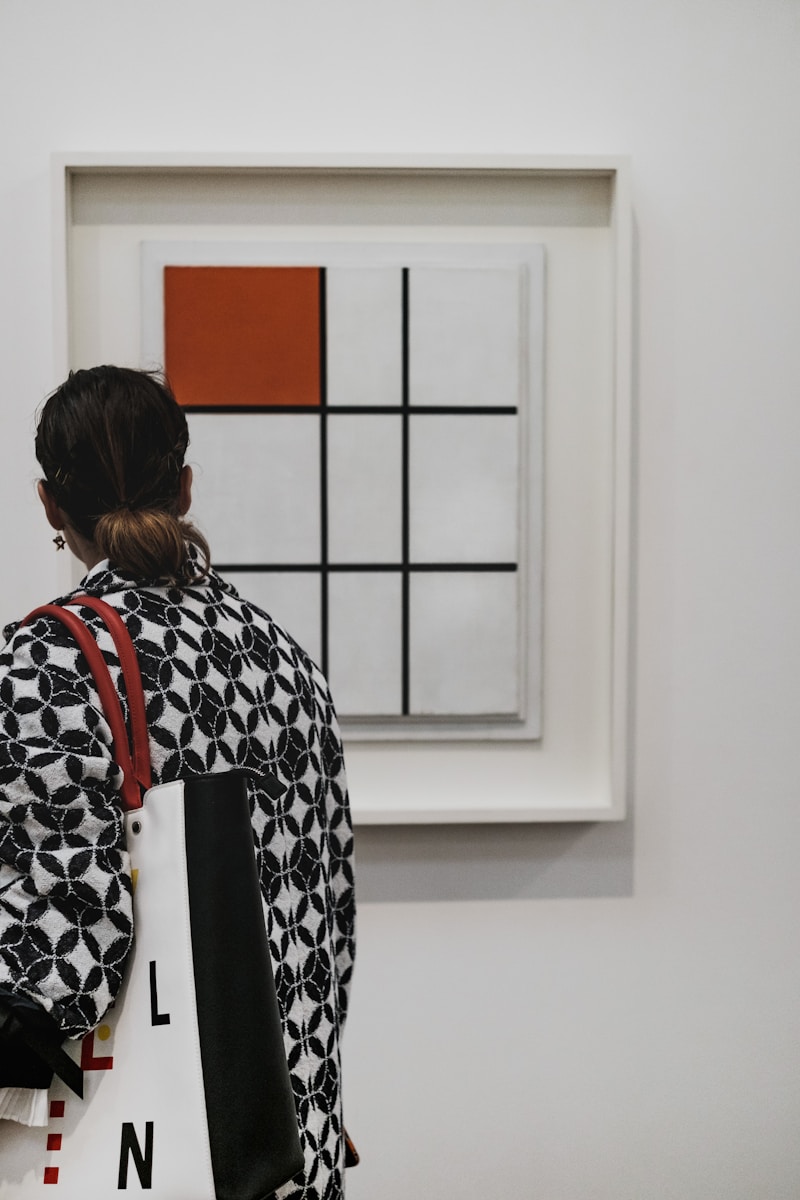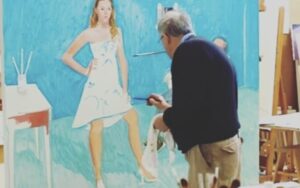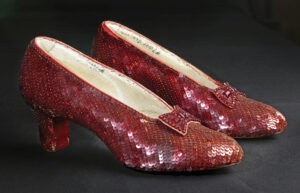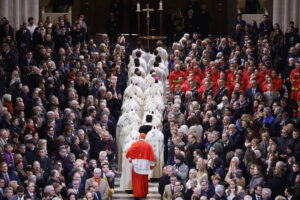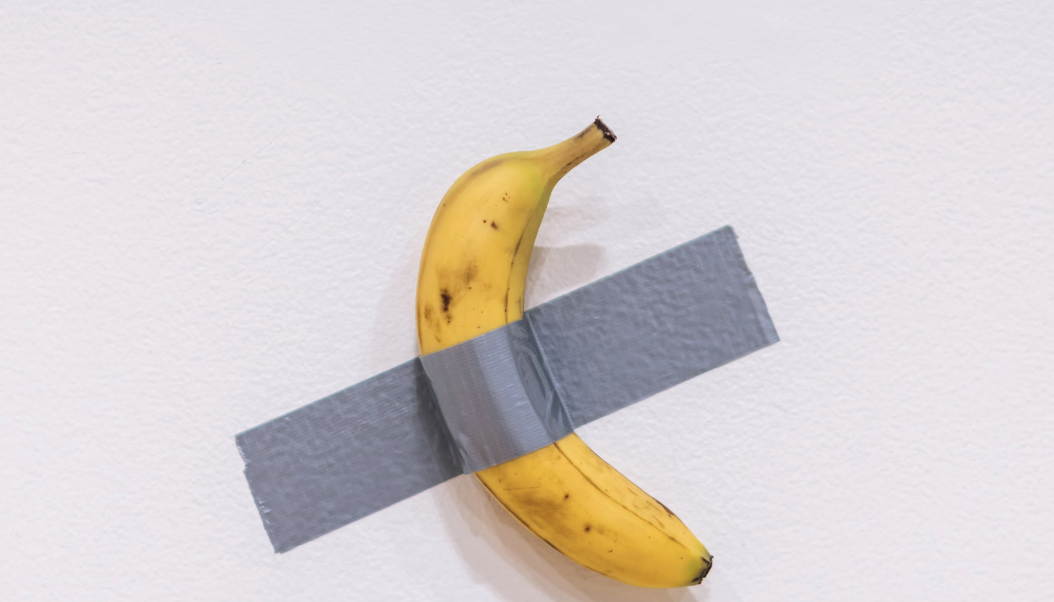Art collection is a fascinating and rewarding hobby that allows individuals to express their personal taste and style while supporting artists and their work. Whether you are a beginner or have some experience in collecting art, it is essential to understand the basics and develop a strategy to build a meaningful and valuable collection.
In this article, we will explore five tips to kickstart your art collection, covering various aspects such as understanding the basics, setting a budget, exploring different art styles and mediums, researching emerging artists, building relationships with galleries and dealers, attending art fairs and auctions, developing your personal taste and style, considering authenticity and provenance, displaying and caring for your collection, networking with other collectors, seeking professional advice, and ultimately, enjoying and growing your art collection.
Understanding the Basics of Art Collection
Before diving into the world of art collection, it is crucial to understand the basics. Familiarize yourself with different art movements, styles, and mediums. Research renowned artists and their significant works to gain a deeper understanding of the art world. Visit museums, galleries, and exhibitions to expose yourself to a wide range of artistic expressions. By immersing yourself in the art community, you will develop a discerning eye and a better understanding of what resonates with you.
Setting a Budget for Your Art Collection
Setting a budget is an essential step in building an art collection. Determine how much you are willing to invest in your collection and stick to it. Remember that art can range from affordable prints to high-priced masterpieces. Allocate your budget wisely, considering factors such as the artist’s reputation, the artwork’s size, medium, and rarity. It is also important to account for additional expenses such as framing, insurance, and maintenance.
Exploring Different Art Styles and Mediums
Art comes in various styles and mediums, each with its unique characteristics and appeal. Take the time to explore different styles, such as abstract, impressionism, realism, or contemporary art. Experiment with various mediums like painting, sculpture, photography, or mixed media. By exploring different styles and mediums, you will discover what resonates with you and develop a diverse and well-rounded collection.
Researching and Discovering Emerging Artists
While established artists may be more recognizable, exploring emerging artists can be an exciting and rewarding experience. Emerging artists often offer fresh perspectives and innovative techniques. Research online platforms, local art schools, and galleries to discover talented artists who are just starting their careers. Engage with their work, attend their exhibitions, and follow their progress. Investing in emerging artists can not only be financially beneficial but also provide a sense of fulfillment in supporting the growth of their artistic journey.
Building Relationships with Art Galleries and Dealers
Art galleries and dealers play a crucial role in the art world. They act as intermediaries between artists and collectors, providing valuable insights, expertise, and access to a wide range of artworks. Building relationships with galleries and dealers can open doors to exclusive exhibitions, private viewings, and opportunities to meet artists. Attend gallery openings, art events, and artist talks to connect with the art community and establish meaningful relationships.
Attending Art Fairs and Auctions
Art fairs and auctions are excellent platforms to discover new artists, explore a vast selection of artworks, and engage with the art market. Art fairs bring together galleries, artists, collectors, and enthusiasts from around the world, offering a unique opportunity to immerse yourself in the art scene. Auctions, on the other hand, allow you to bid on artworks and potentially acquire pieces that hold both aesthetic and investment value. Attend these events, ask questions, and learn from experts to expand your knowledge and make informed decisions.
Developing Your Personal Taste and Style
As you delve deeper into the art world, you will develop your personal taste and style. Your collection should reflect your unique preferences and resonate with you on a personal level. Experiment with different genres, themes, and artists to refine your taste. Trust your instincts and choose artworks that evoke emotions and spark joy. Remember, there are no right or wrong choices when it comes to art – it is a subjective experience.
Considering the Importance of Authenticity and Provenance
Authenticity and provenance are crucial factors to consider when acquiring artworks. Authenticity ensures that the artwork is genuine and created by the artist it is attributed to. Provenance, on the other hand, refers to the documented history of the artwork, including its ownership, exhibition history, and any relevant certifications. When purchasing art, ask for certificates of authenticity and inquire about the artwork’s provenance. This information adds value to your collection and ensures its legitimacy.
Displaying and Caring for Your Art Collection
Once you have acquired artworks, it is essential to display and care for them properly. Consider factors such as lighting, temperature, and humidity when choosing the location to showcase your collection. Avoid direct sunlight and extreme environmental conditions that can damage the artwork. Regularly clean and maintain your pieces, following professional guidelines and recommendations. Properly framing and storing artworks can also help preserve their condition and longevity.
Networking with Other Art Collectors and Enthusiasts
Networking with other art collectors and enthusiasts can be a valuable source of knowledge, inspiration, and potential collaborations. Attend art-related events, join art clubs or organizations, and engage in online communities to connect with like-minded individuals. Share your collection, exchange ideas, and learn from others’ experiences. Networking can also provide opportunities for joint exhibitions, art swaps, or even group purchases, allowing you to expand your collection and deepen your understanding of the art world.
Seeking Professional Advice and Guidance
While building an art collection can be a personal journey, seeking professional advice and guidance can be immensely beneficial. Art consultants, curators, and appraisers can provide expert insights, help you navigate the art market, and assist in making informed decisions. They can offer guidance on building a collection that aligns with your goals and budget, as well as provide assistance in evaluating the authenticity, value, and potential investment of artworks.
Enjoying and Growing Your Art Collection
Ultimately, the most important aspect of art collection is to enjoy and grow your collection. Surround yourself with artworks that bring you joy and inspire you daily. Continuously educate yourself about art, attend exhibitions, and stay connected with the art community. As your collection evolves, consider expanding your horizons by exploring new artists, styles, and mediums. Remember, art collection is a lifelong journey, and each piece you acquire adds depth and richness to your personal narrative.
In conclusion, building an art collection requires a combination of knowledge, passion, and strategy. By understanding the basics, setting a budget, exploring different styles and mediums, researching emerging artists, building relationships with galleries and dealers, attending art fairs and auctions, developing your personal taste, considering authenticity and provenance, displaying and caring for your collection, networking with other collectors, seeking professional advice, and ultimately, enjoying and growing your collection, you can embark on a fulfilling and rewarding art collecting journey. So, start exploring, discover your artistic preferences, and let your collection tell your unique story.

